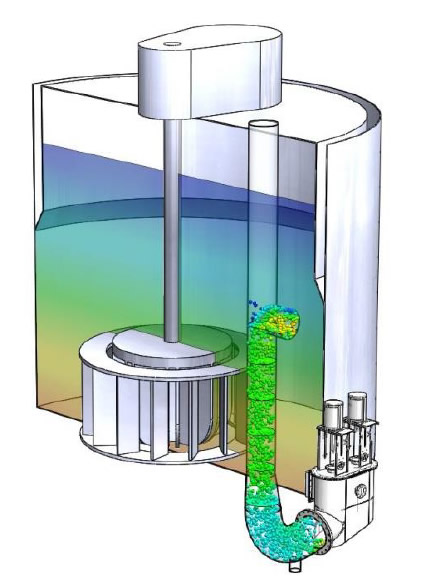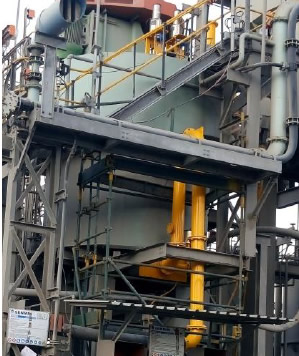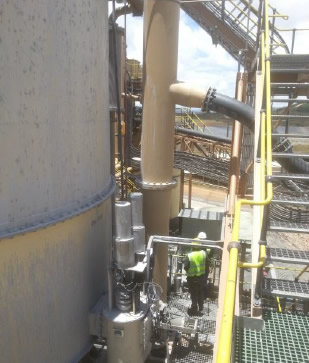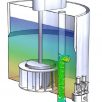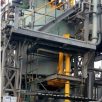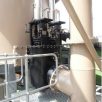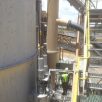Description
The challenge with level control on the last cell of a flotation bank is well-known: the reason is a higher pressure drop across this valve compared to the rest of the valves in the bank. The pressure drop across the valves between two tanks is a function of the step height whereas the pressure drop across the last valve is determined by the tank height which may be four or five times greater. A back pressure pipe, otherwise known as a goose-neck or riser-pipe, provides the solution by increasing the downstream pressure of the final valve by providing “back pressure” to the last valve.
The advantages of the back pressure pipe are that they:
- Generally allows the final valve to be matched to the other valves in the bank which minimises the spares requirement,
- Widens the control region on the final valve making it easier to tune,
- Reduce the height of the plant (2—3 metres) which means cost savings both building and operating the plant,
- Low profile float plant which results in considerable energy savings,
- Decouple the level from the sump,
- Reduce the wear on the valve components by reducing velocities within the valve.
- For existing plants it allows a cross stream tails sampler to be installed.
- Tails density monitoring is an easy optional extra.
